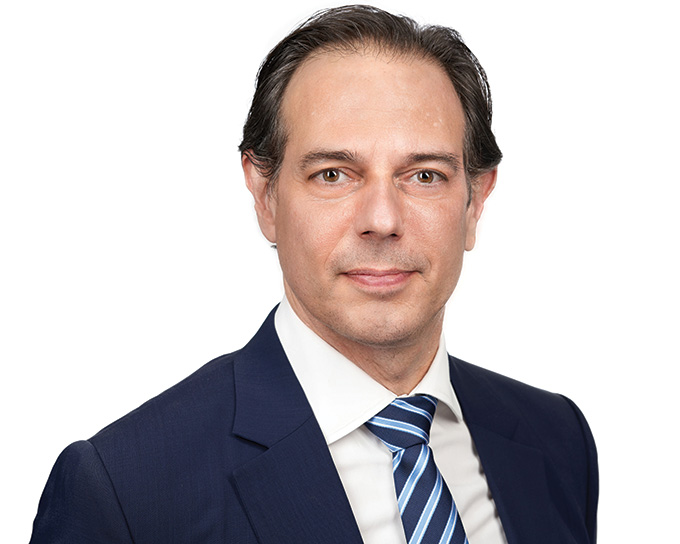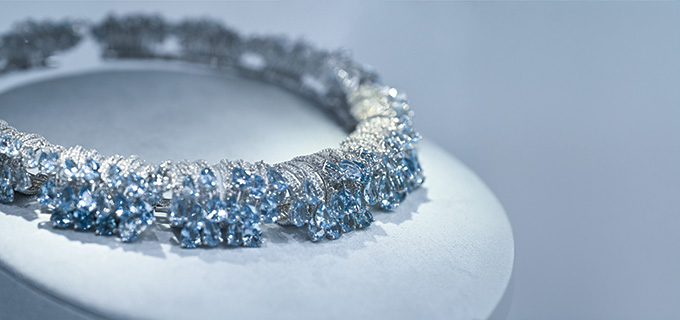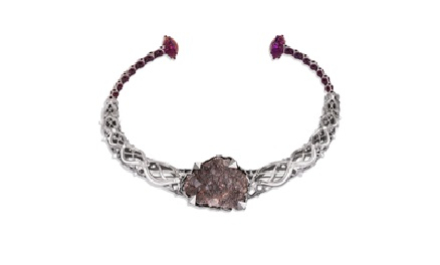Tim Schlick, the new CEO of Platinum Guild International (PGI®), is out to unlock new opportunities that create demand for platinum to drive global growth and provide even more value for trade partners.
This article first appeared in the JNA July/August 2024 issue.
Tim Schlick took over the reins of Platinum Guild International (PGI®) after long-serving CEO Huw Daniels retired this April. Schlick joined PGI as chief strategy officer in 2015 and served as chief operating officer before ascending to the CEO role. Prior to PGI, the business strategist and marketing expert was with DDB China Group, McCann Erickson and Andersen Consulting. He tells JNA his plans for PGI and his assessment of platinum’s prospects moving forward.
JNA: You have been with PGI for nearly a decade, handling its strategies and operations. What are you looking forward to as you take over as CEO?
Tim Schlick: Over the past years, we have built an incredibly strong set of programmes that are returning value for both our trade partners and our sponsors. I am excited to build on this platform and push the acceleration button for the coming years. But I am most excited about doing so with my incredible team. In our business, nothing is more important than people and collaboration, which are at the heart of our culture at PGI.
JNA: What are your priorities?
Schlick: I have three main objectives: Championing platinum as the best metal for jewellery and reinforcing its unique qualities among consumers; positioning platinum as a premium value creator in a jeweller’s portfolio and revitalising the trade with new excitement and prospects; and expanding PGI’s expertise and operations into key new markets to tap opportunities for the growth of platinum.
JNA: PGI has long concentrated on its four key markets of the US, Japan, India and China. Will you tap other promising areas as well?
Schlick: Those four markets remain key for us. We will continue to explore new opportunities there as well as look into new markets such as the Middle East and South Korea.
JNA: How do you intend to encourage more trade players to engage with platinum?
Schlick: Our programmes are developed to stoke the value flywheel: To boost our partners’ business in and with platinum, which then focuses attention, effort and investment and ultimately gives us more distribution and our partners even more value. We believe that branded jewellery with compelling designs and unique stories will perform better than unbranded, generic products. The 2024 Platinum Jewellery Business Review showcased how PGI creates demand through strategic actions in each market. In China, we continue to encourage the creation of branded collections and focus on technology and innovation to produce the next generation of products. In India, our three digital-first consumer brands target the younger generation with the support of mainline media and co-op marketing programmes for last-mile conversion at retail stores. In Japan, we have created purchasing occasions, first for wedding jewellery, then for female self-purchase, in conjunction with high-quality manufacturing. In the US, we highlight design to expand platinum beyond the bridal market and run a business development grant programme to support manufacturers and retailers.
JNA: What challenges lie ahead?
Schlick: Platinum is a relatively niche metal compared with gold and diamond, so rarely are there retailers that only sell platinum jewellery. This leads to further hurdles such as fewer manufacturers, limited offerings and a lack of design options. So PGI works closely with manufacturers to lead design and technology innovation to enrich the design varieties. Through our dedicated marketing campaigns and sales activation programmes, platinum has become an important value creator for many of our partners.
JNA: How can platinum capitalise on high gold prices?
Schlick: Current high gold prices raise concerns about margins and the risk of stock value, giving platinum a window of opportunity. In many markets, gold jewellery has been a major contributor to the top-line performance. High-purity gold has become more dominant, leading to a steep decline in the share of karat-gold jewellery, especially white gold. Platinum can thus help retailers improve bottom-line performance while using less capital. And since rising gold prices affect sales of high-value products and store walk-ins, retailers want to increase conversion rates and margins for each customer. In India, we help retailers optimise margin per walk-in through our “platinum in gold section display” programme. Moreover, platinum is especially competitive against white gold as it is more affordable than gold and palladium, which are used for white gold alloys. By focusing on the current price delta and enhancing platinum jewellery designs, we have persuaded some retailers to replace their white gold stock with platinum and enticed others to start selling platinum jewellery.
JNA: What are other causes for optimism?
Schlick: Expanding platinum jewellery beyond bridal is a significant growth driver. India’s Men of Platinum, for instance, has become a volume-driven brand due to its heavier products. Sustainability is another important opportunity, especially in the US. Retailers and consumers are requiring more transparency in jewellery materials; this could potentially lead to additional margins for the trade. Our information platform www.responsibleplatinumjewellery.com presents platinum’s sustainability credentials.











